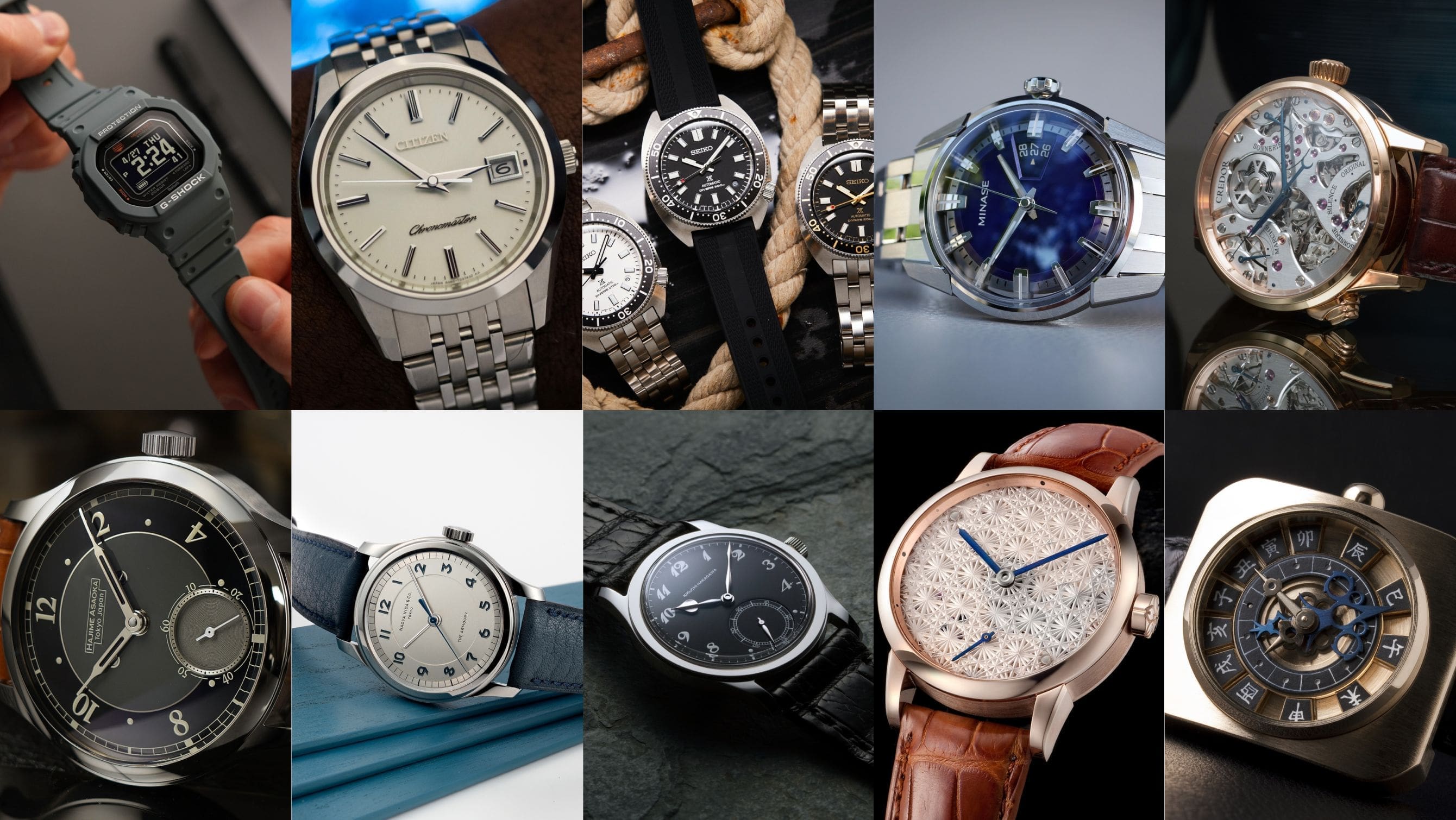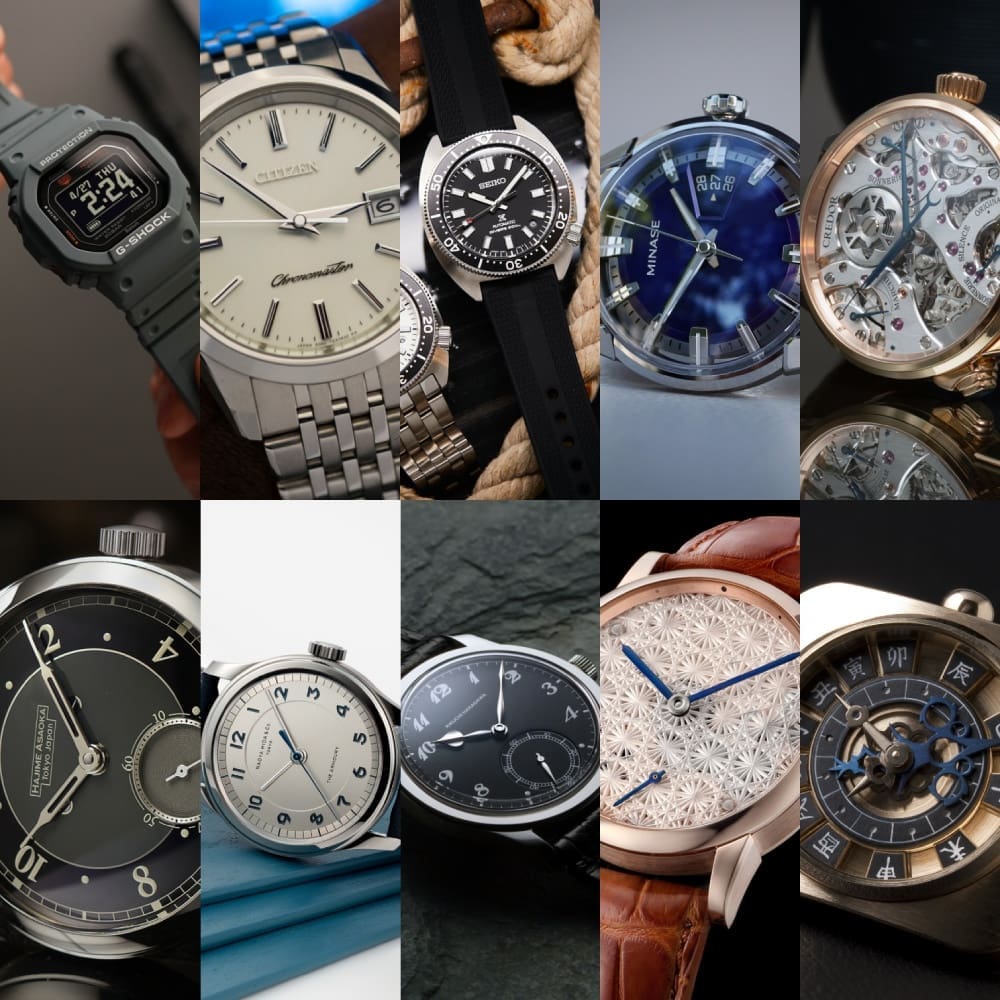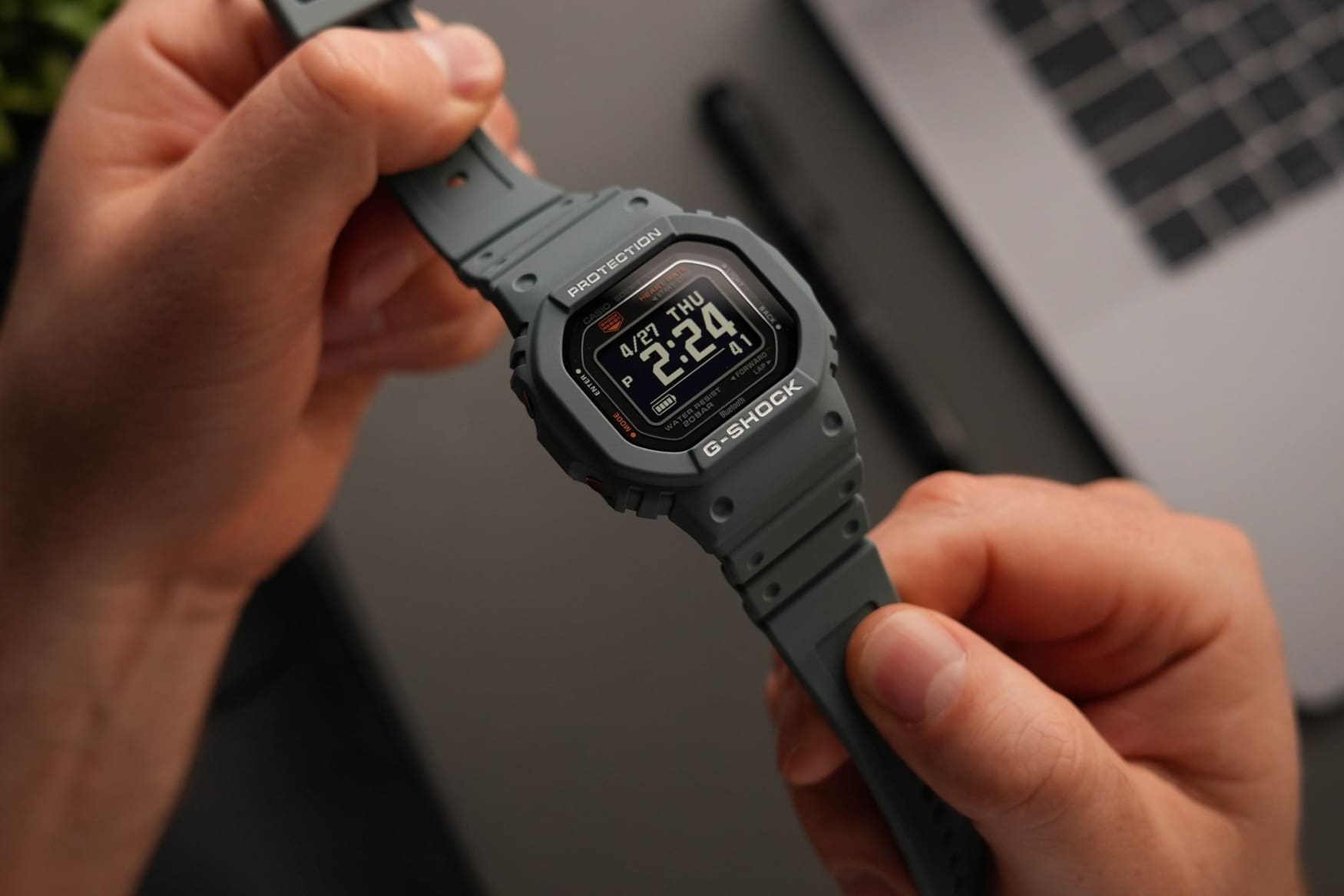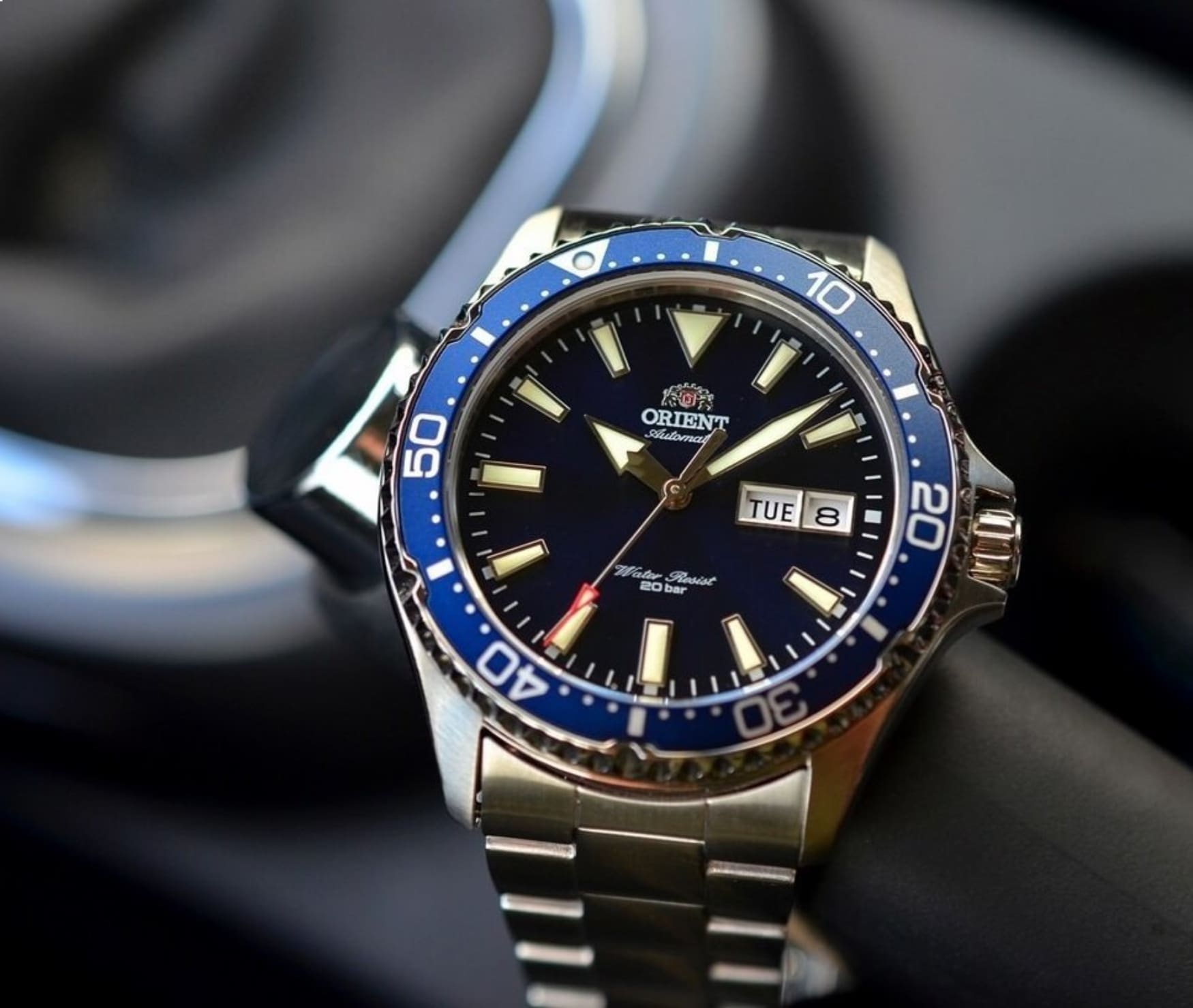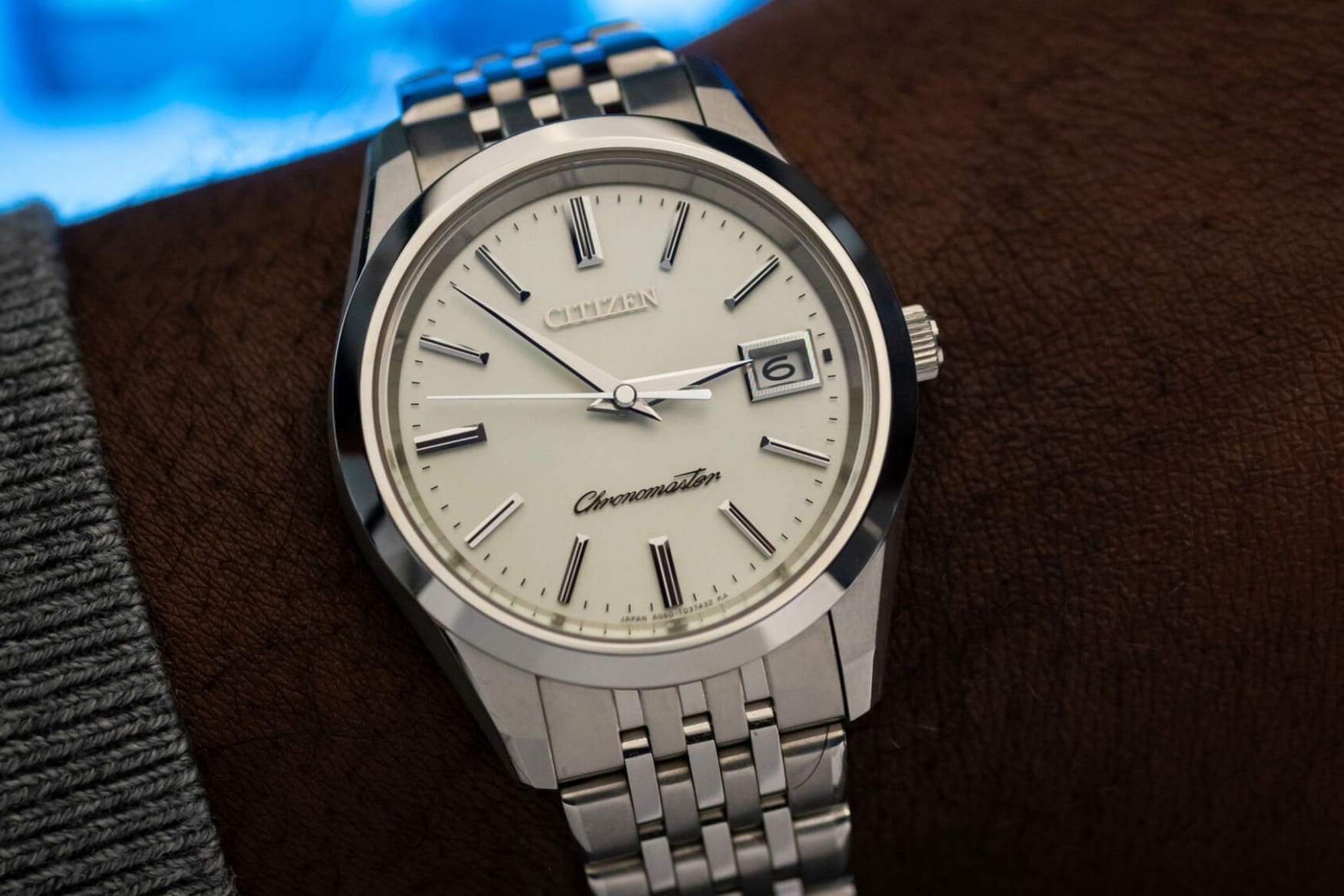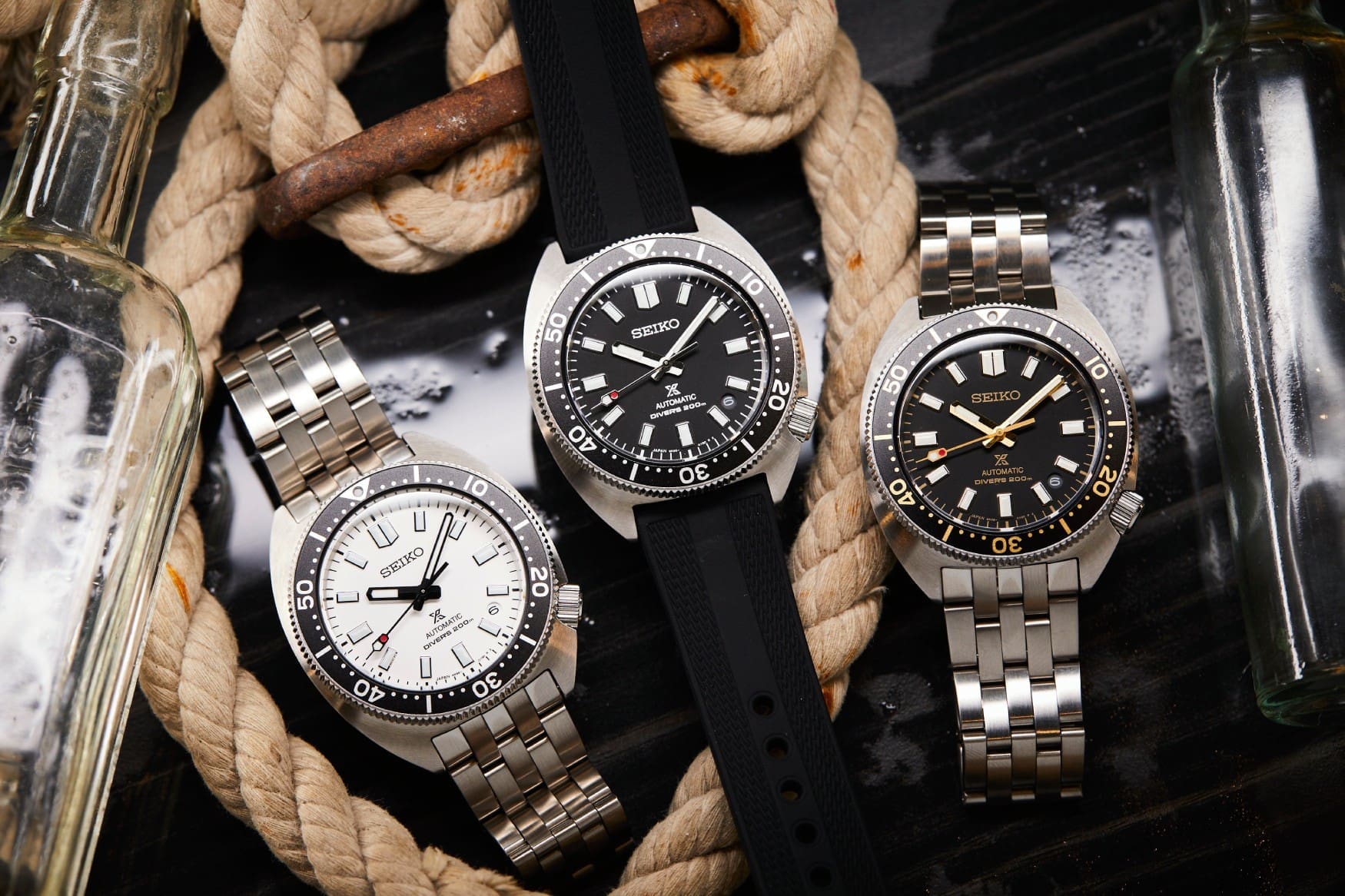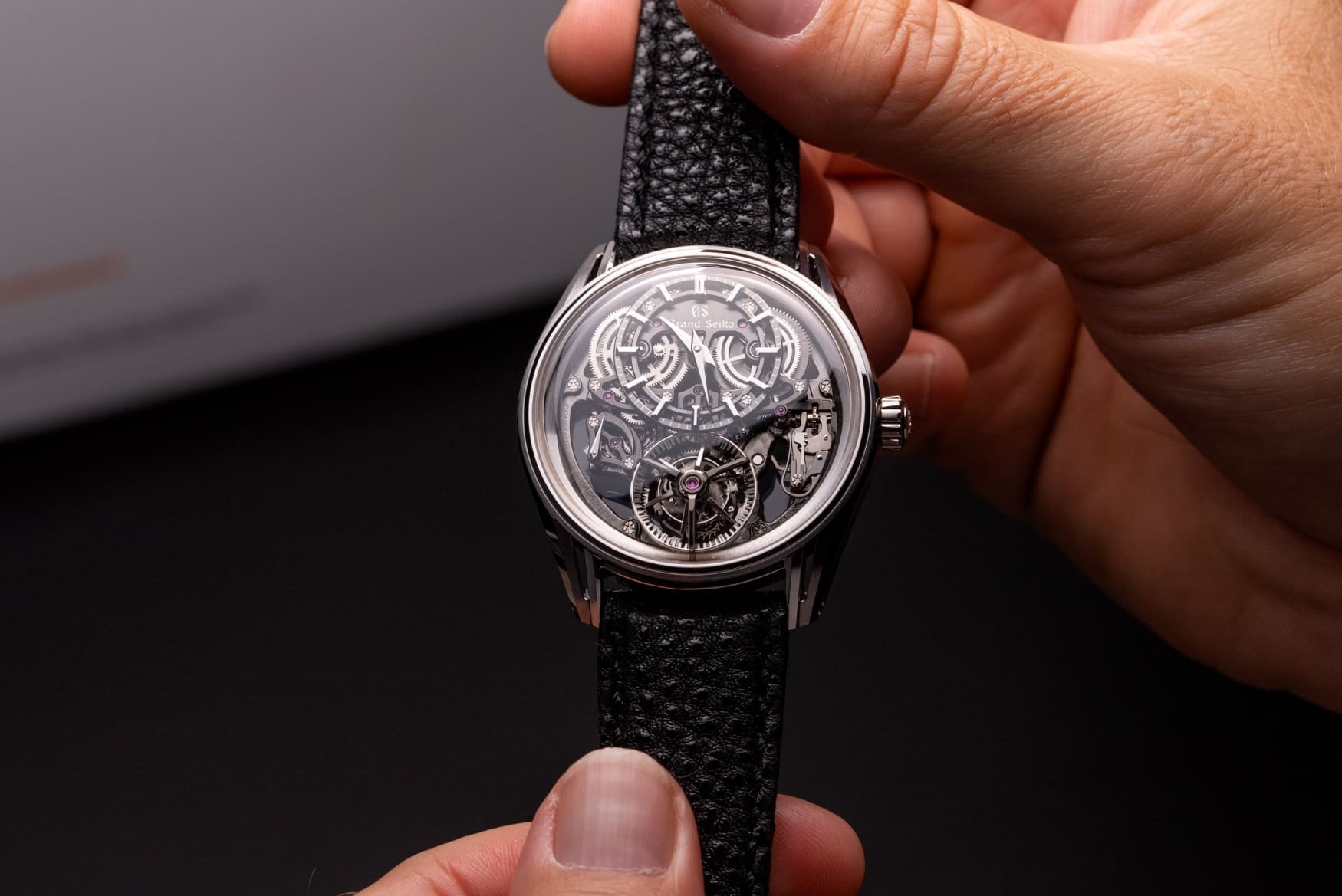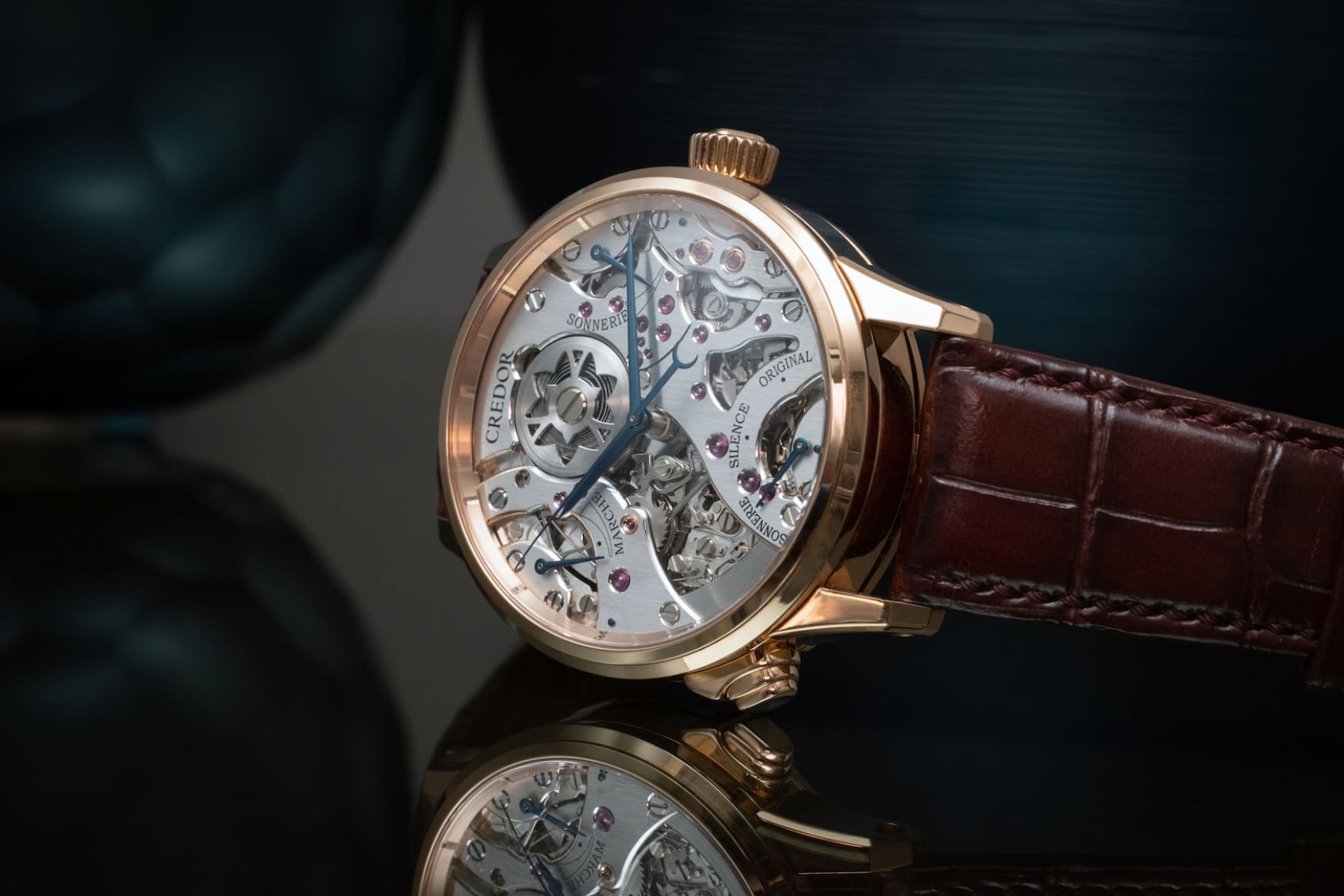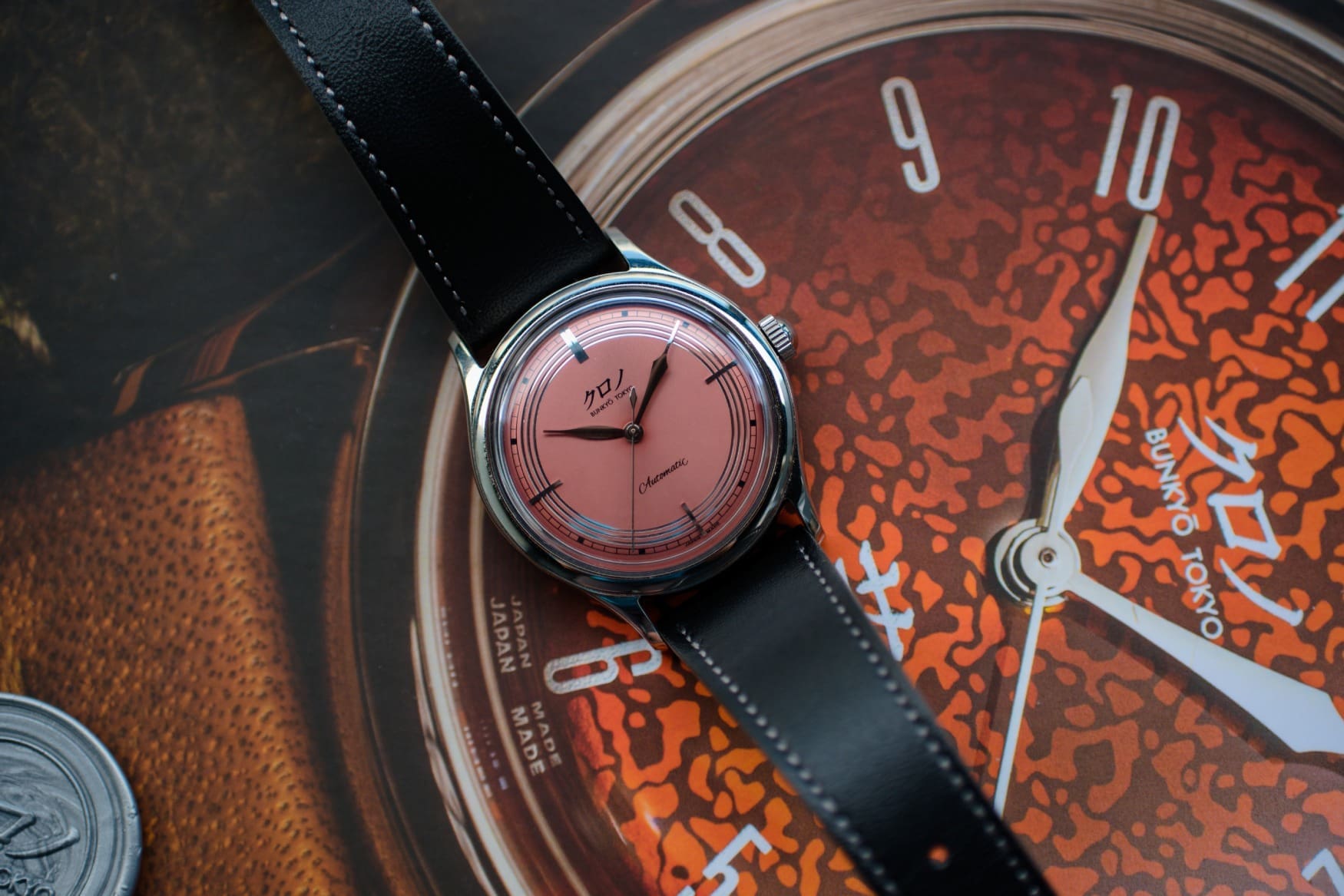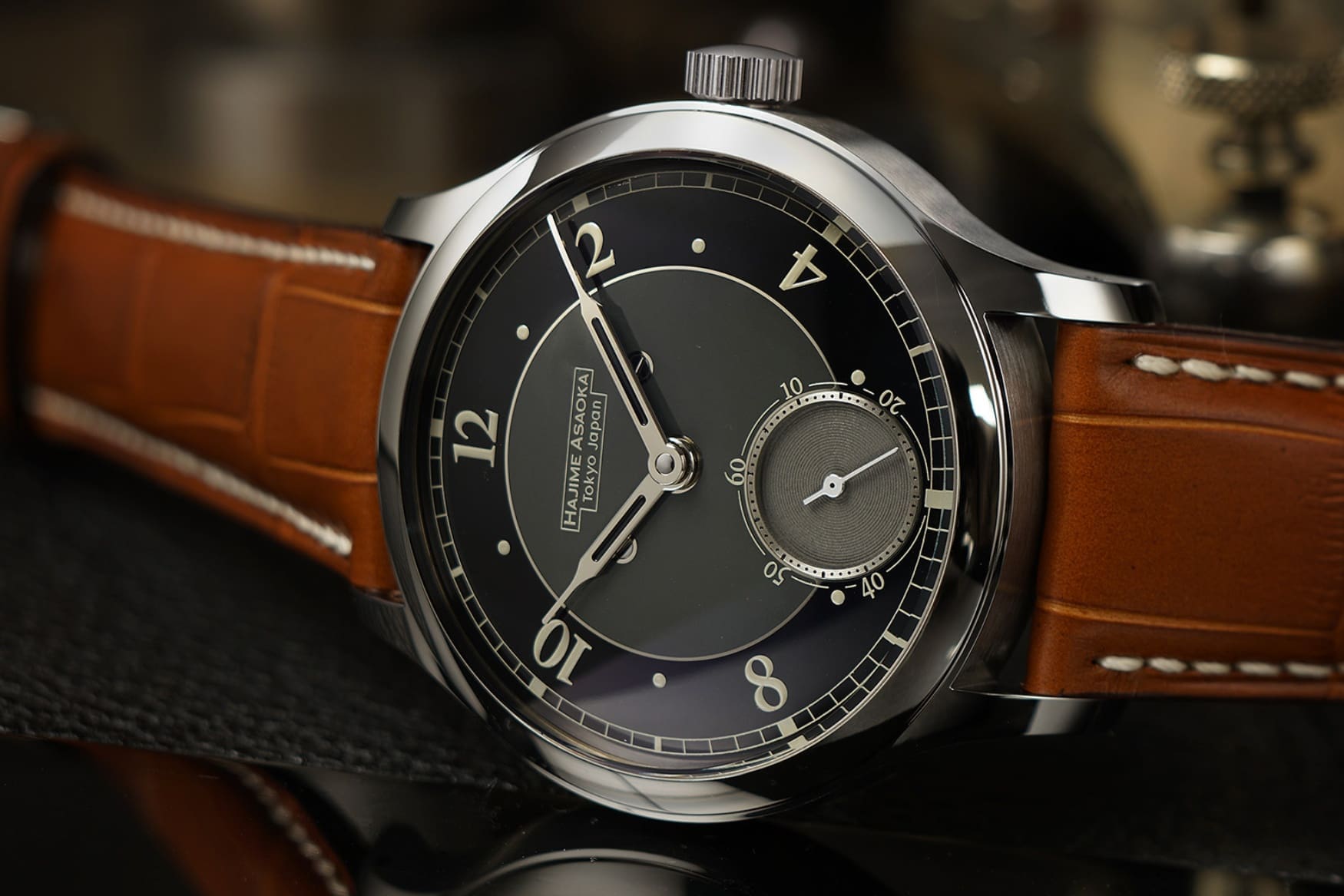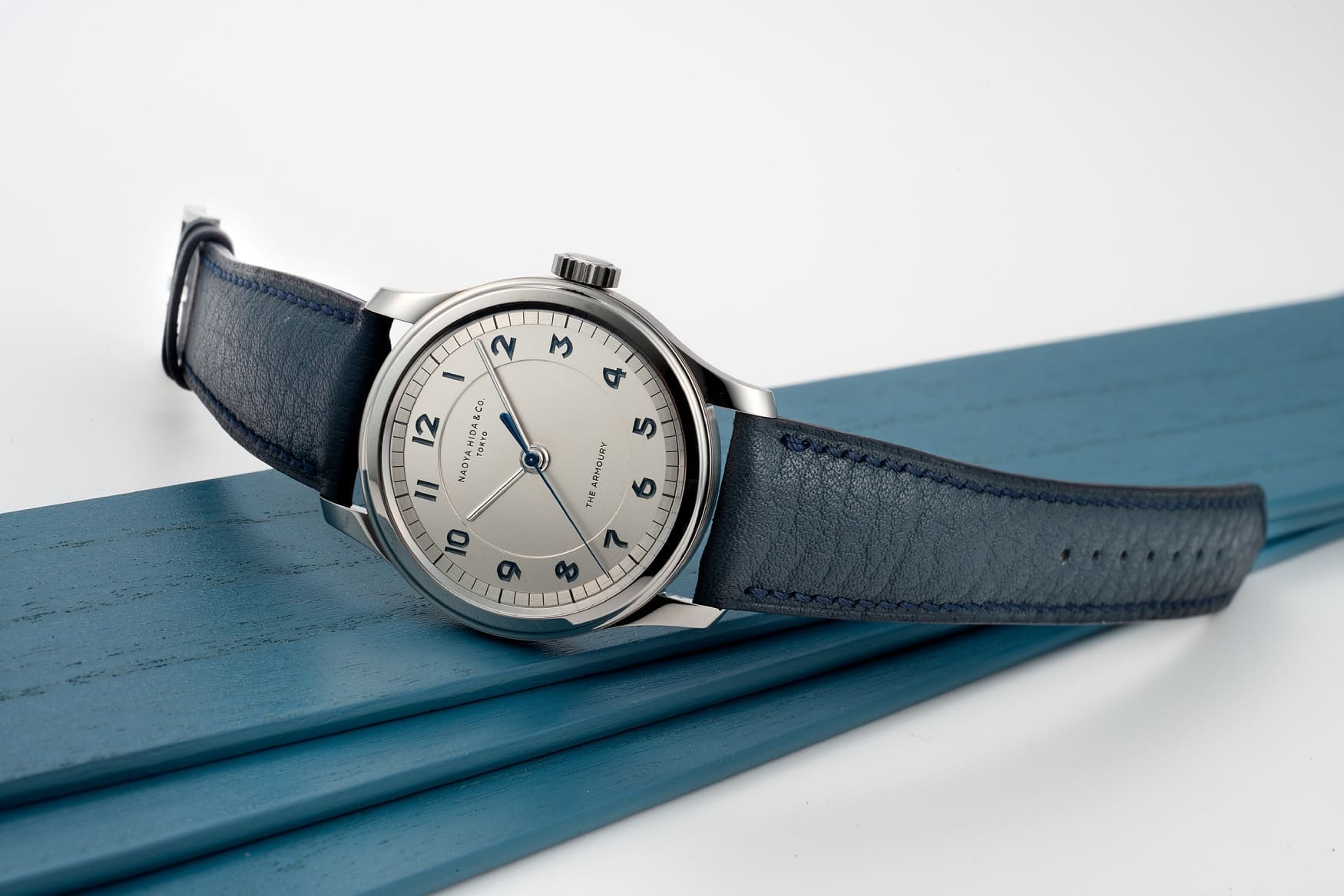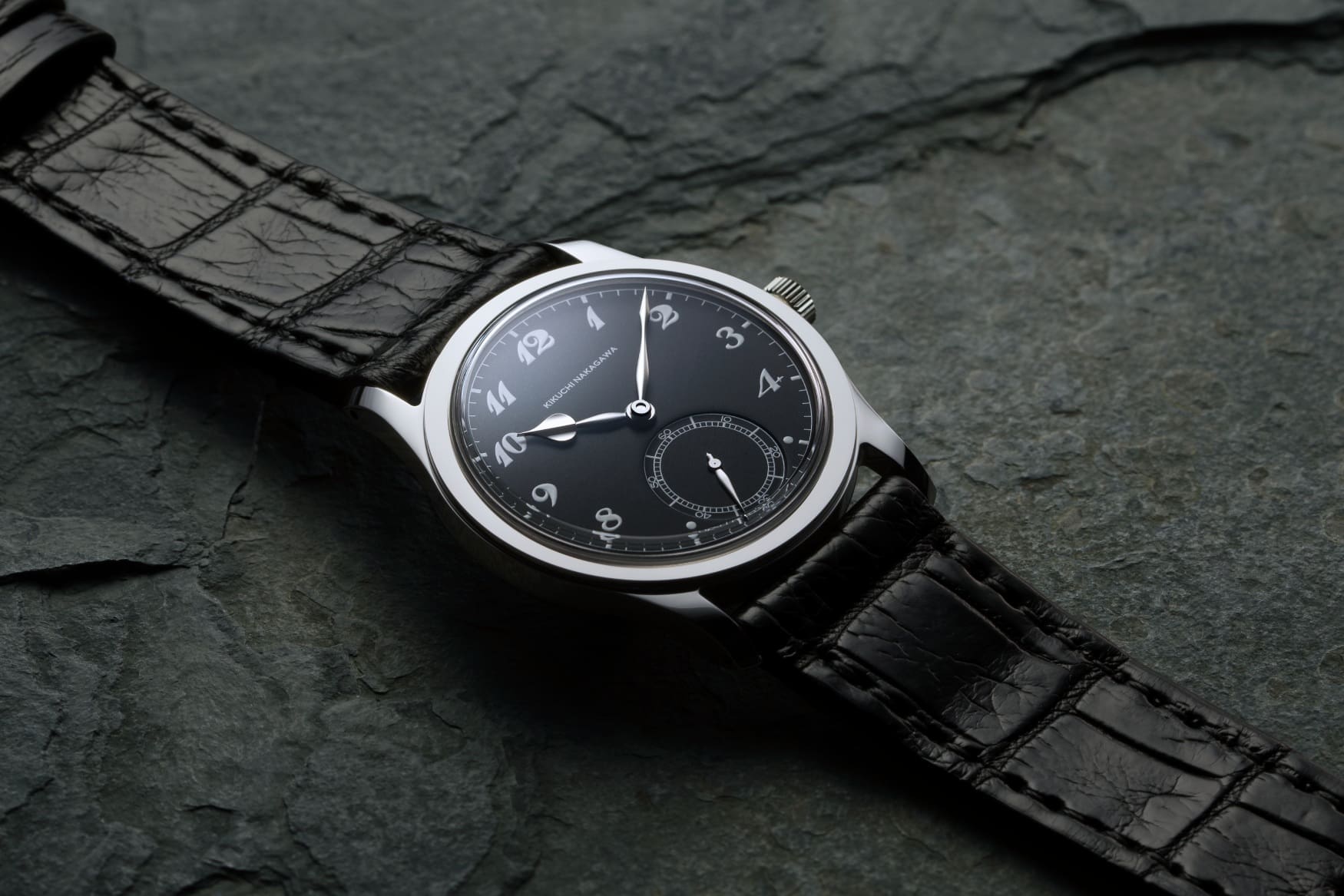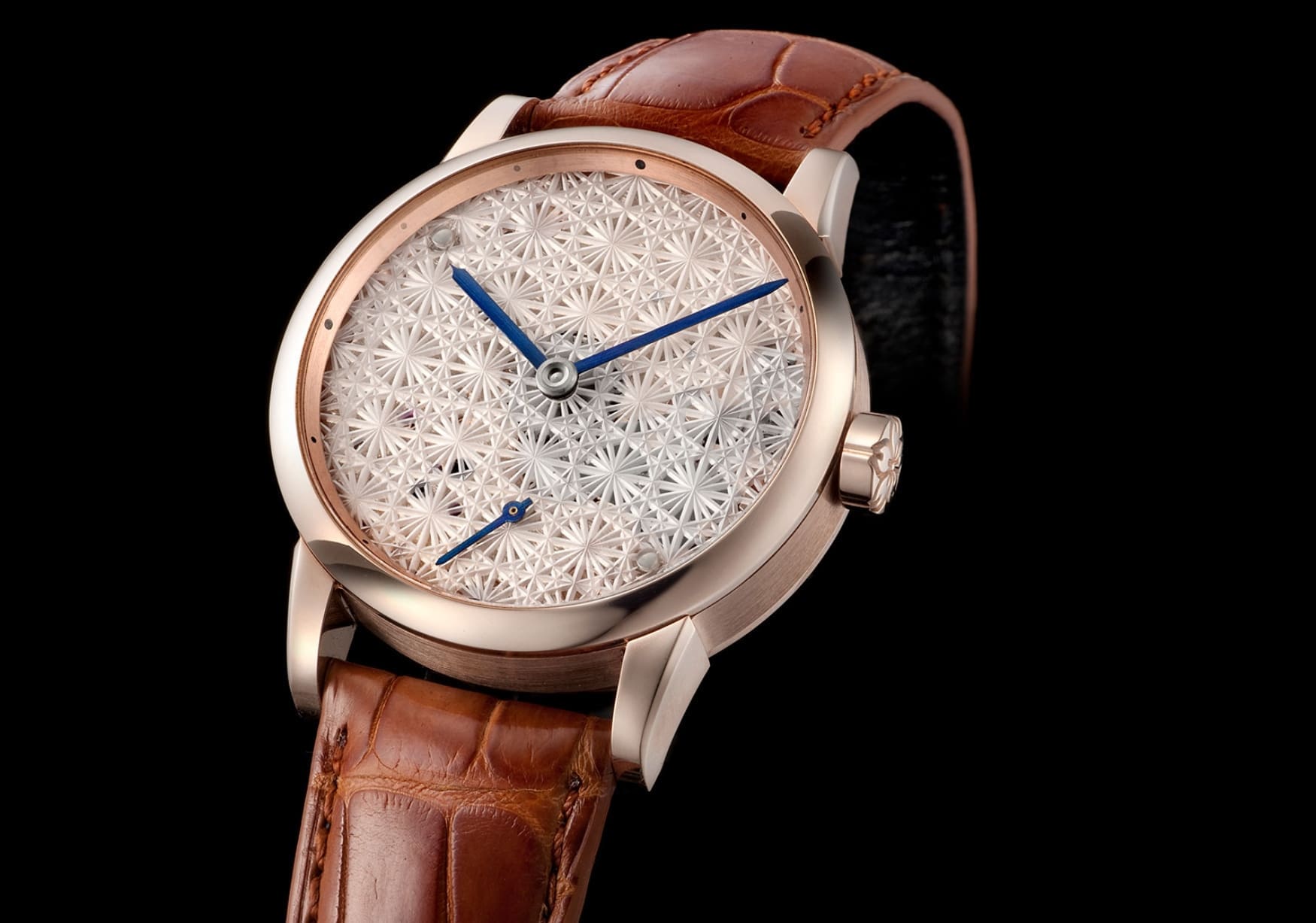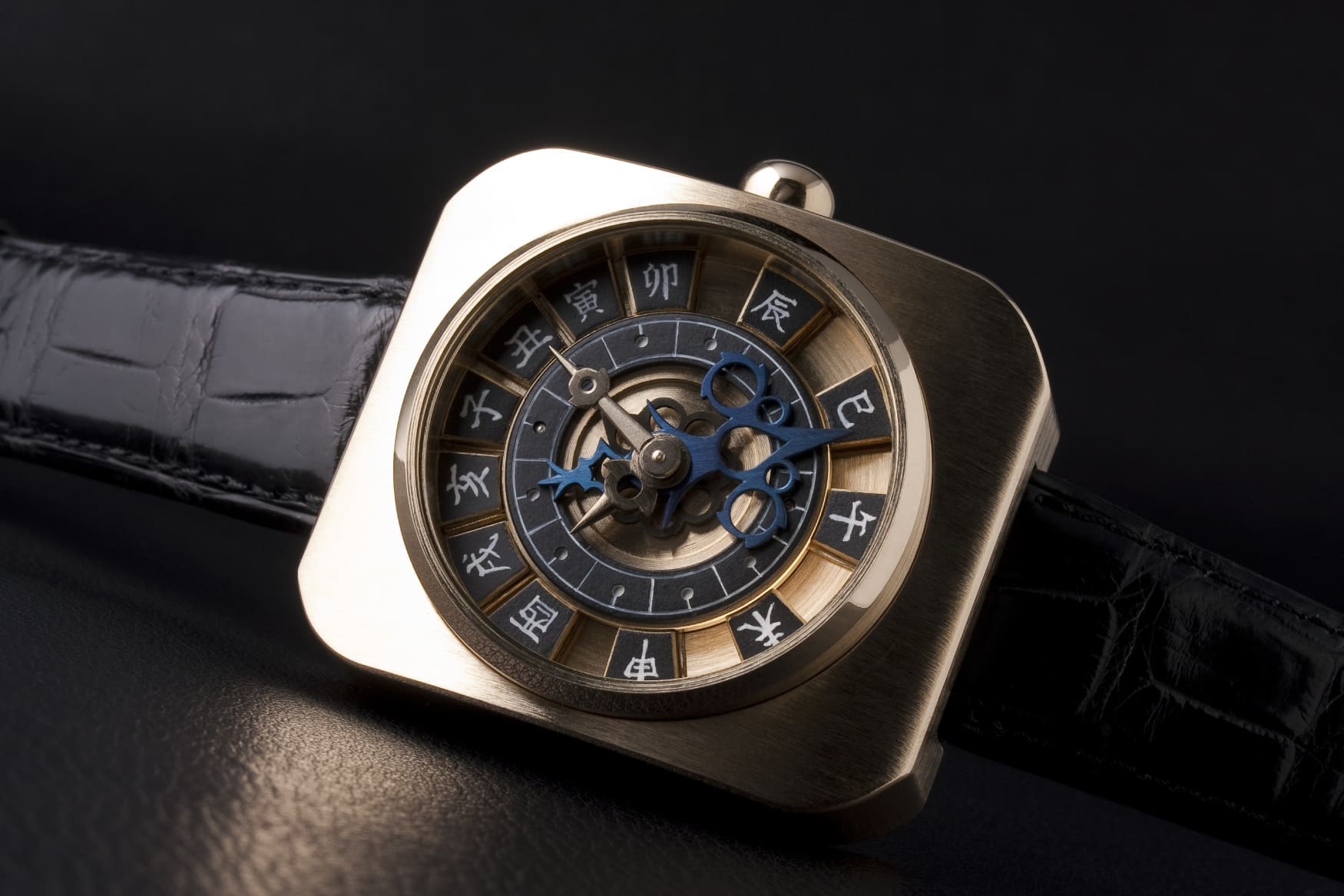The 10 best Japanese watch brands
Borna BošnjakJapan has played numerous crucial roles in horological history, whether introducing one of the first automatic chronographs, developing a watch resistant enough to be used as a hockey puck (no prizes for guessing what this one might be), or taking the next step in movement technology with the likes of the Spring Drive movement. Naturally, most will remember Japan as the main culprit for the biggest upset in horological history, with Seiko causing the advent of the Quartz Crisis, though the level of craftsmanship and precision present in Japanese watchmaking goes way beyond that. From humble G-Shocks and Bambinos to exquisite Credors and Nakagawas, read on for the best that Japanese watchmaking has to offer.
Casio
Though it was by no means the first, there is no better place to start than with Casio. Founded in 1946 by Tadao Kashio, the company’s origins are in small electronics and calculators, rather than watches. Casio was in fact not a watchmaker for nearly three decades after their founding, releasing their first horological attempt in 1974 with the Casiotron. Their most popular watch line is certainly the G-Shock, which began life in 1983 with the DW-5000C, the most senior of the square Gs, and the watch that even the most advanced square G-Shocks take after today.
If you hadn’t guessed already, the hockey puck replacement was indeed a G-Shock, used in an ad to show off the toughness of the watch (attached above for your viewing pleasure). The ad was recreated by a TV news station in response to false advertising claims, and passed flawlessly. You can check out the full range of modern torture tests for a G-Shock here.
Orient
Orient is often considered as somewhat of a younger brother to Seiko (spoiler alert for another entry on this list), which, considering that Seiko Epson owns the brand is true, though it discredits the brand’s more than a century-long history. Founded by Shogoro Yoshida in 1901, Orient began producing their own watches in their own factory shortly before the start of WWII, being forced to restructure after the war ended. The famous Orient Star was introduced in 1951, paving the way for the worldwide spread of the brand following a trade agreement with China in 1955. Even though they’re best known to the enthusiast community for their affordable divers, their Royal Orient line, introduced in the early 2000s, sported a COSC-certified high-beat movement with proper decoration. Its early demise, however, cemented Orient as a maker of great value-oriented watches.
Citizen
Though Citizen is fully Japanese, the brand’s beginnings go back to the acquisition of Shokosha Watch Research Institute by a consortium of Japanese and Swiss investors in 1930. In the following six years, the brand set up a mass production factory, which has evolved to be able to produce one quartz movement per second today. It’s not just cost-effective quartz, however. Citizen is notably the owner of Miyota, Alpina and Frederique Constant, while also developing their own line of high-end models like the Chronomaster and Series 8.
Seiko, Grand Seiko and Credor
Ok, I might’ve cheated a little by including three of these under the same entry, but it’s my list, so tough luck. The Seiko group is one of the rare ones that can claim to produce everything from the likes of the entry-level Seiko 5 to the very high-end Credor Eichi. The oldest and best-known Japanese watch brand can trace its beginnings to 1881, with Kintaro Hattori and his watch and jewellery shop in Ginza. It wasn’t until a decade or so later, in 1892, that the Seikosha brand saw the light of day. Seiko is also responsible for producing the first Japanese wristwatch with the release of the Laurel in 1913, and the rest is, quite literally, history. Legendary names such as the Marvel, Seiko 5 , SKX, and Astron followed, culminating in Seiko becoming one of the most respected names in watchmaking today.
It’s not all Seiko, however. In the 1950s, the Suwa Seikosha factory proposed product manager Ren Tanaka with a high-precision movement aimed squarely at beating the Swiss. The name Grand Seiko arose from these discussions, slated to become the very best Seiko has to offer. Today, the brand’s claim to fame is their Spring Drive movement technology, combining the finest mechanical movement finishing with the precision of a quartz oscillator in the escapement. Alongside Spring Drive, Grand Seiko produces some of the finest quartz movements on the market, as well as a selection of high-beat mechanical calibres. The Grand Seiko Kodo Constant Force Tourbillon, introduced at the 2022 edition of Watches & Wonders, marked the very first high complication for the brand, done in true GS fashion.
Then there is Credor. The crown jewel, the crème de la crème, and pièce de résistance of the Seiko group. Credor’s name was coined in 1974, coming from crête d’or, French for golden peak or crest, and also the inspiration for the logo. Though the brand’s beginnings are in precious metals, stainless steel is part of their offering today, most still reserved for the Japanese domestic market. Some notable pieces include the Eichi, known for its hand-painted porcelain dial, and the Spring Drive Sonnerie above. Going into it could take an entire article in itself – so I would suggest reading another one of The Naked Watchmaker’s excellent decons.
Minase
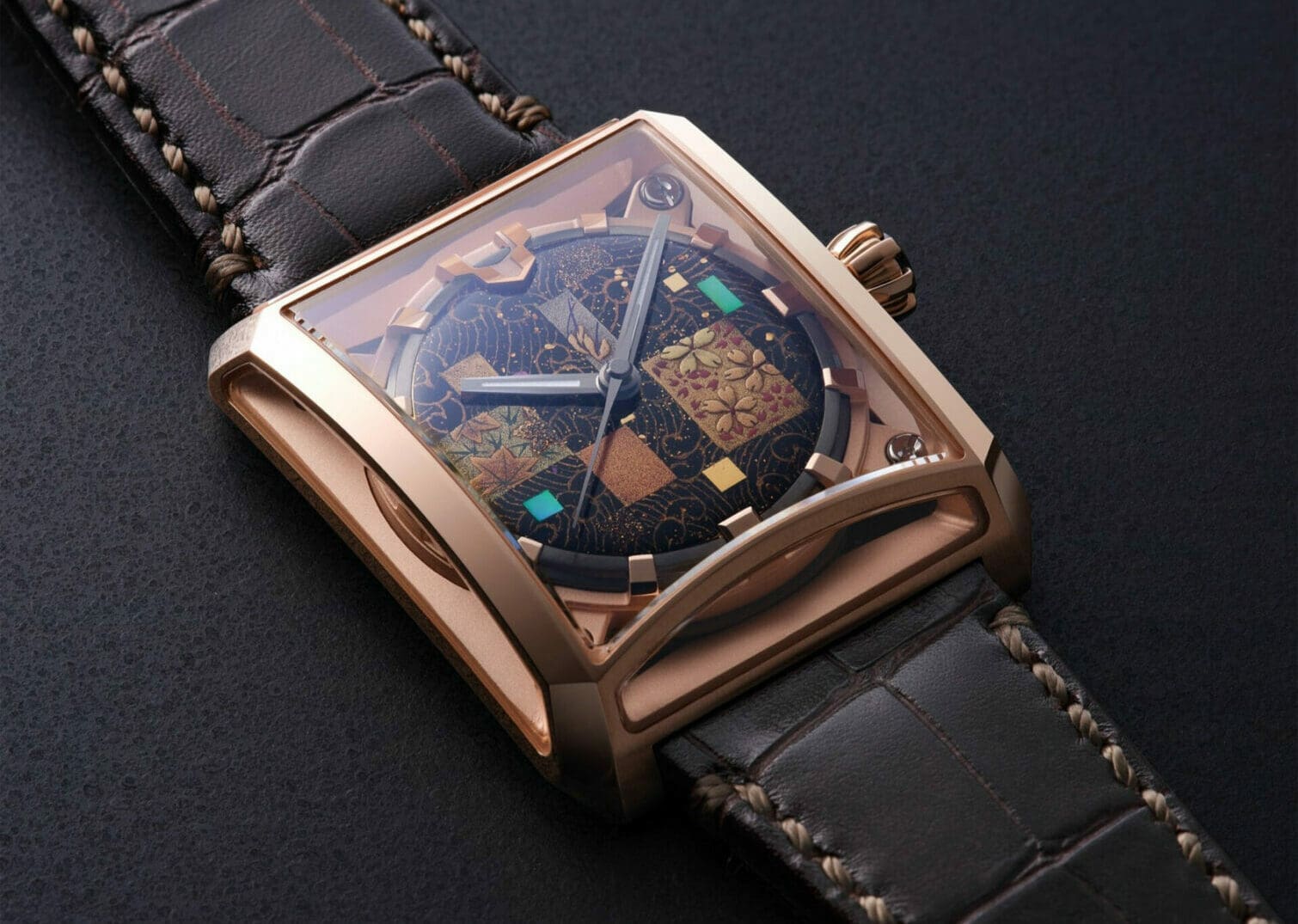
If you’re partial to artisanal dials or left-field case designs, Minase might just be the brand you’re looking for. Their shapes evolve from the classic round or square types, sprouting accented lugs and uniquely integrated bracelets. It’s really the dials where the brand shines, however, and especially so in the Masterpiece collection. Using the 7 Windows case, offering an expansive view of the dial via seven apertures, it shows off the domed surfaces intricately covered with urushi lacquer.
Kurono and Hajime Asaoka
Kurono is one of the most significant microbrand success stories in the last few years, capitalising on the know-how of a high-end watchmaker. Designed by watchmaker Hajime Asaoka but using a Miyota 9000-series movement in a lovely 37mm case, every release from the brand is hotly anticipated and sells out within minutes, if not seconds (anniversary models not considered). For tips on securing a Kurono for yourself – check out our resident expert’s opinion on the matter.
Hajime Asaoka, the aforementioned creator of Kurono, is a self-taught artisan and the first member of the AHCI not hailing from the West. To give you an idea of the scale of this production, his yearly output is no more than 20 watches, with those watches starting at around US$40,000. His creations gained traction with the release of his stunning Chronograph in all of its skeletonised glory, building the chronograph works from scratch and fitting them into a compact 38mm x 11mm case. The upcoming Tourbillon Noir is on the way to become his masterpiece.
Naoya Hida & Co.
In the pantheon of Japanese independent watchmakers, Naoya Hida is one that is gaining increasing recognition, especially since partnering with Hong Kong sartorial outfit (pun intended), The Armoury. Their Lettercutter, inspired by stone-carving artisans, has gained plenty of praise for its dial execution. The brand was founded by Naoya Hida in 2018, himself with a background in luxury watch sales and marketing, partnering with watchmaker Kosuke Fujita and engraver Keisuke Kano.
Kikuchi Nakagawa
Spearheaded by a duo of Yusuki Kikuchi and Tomonari Nakagawa, their eponymous brand was created in 2018. Both men came into watchmaking via different paths, one starting off in software, the other as a trained swordsmith. Just one look at the Murakumo pictured above can tell you that this is a serious, serious piece (it also serves as my desktop background). The Calatrava ref. 96 inspiration is clearly visible in the steel 36.8mm case, but it’s a closer look at the details that will truly get you going. The brand’s Instagram page often shows off the smallest parts that make up their watches in close-up detail, with some of the finest polished surfaces around – just look at those hands. Both the Ichimonji and Murakumo use the Vaucher KN001 calibre, a micro-rotor movement only 2.6mm in height, with the remainder of their manufacturing partners (including Kari Voutilainen’s Comblémine SA for the dials) clearly listed on their website.
Daizoh Makihara
Now for a watchmaker unbeknown to me before researching this article – Daizoh Makihara. Having studied at the same watchmaking school as the final watchmaker on this list, Makihara’s work heavily focuses on hand-engraved dials. The Chrysanthemum Sakura above has a glass crystal dial, with traditional Japanese Edo-kiriko engraving in the front. The 18k pink gold case is 42mm in size, with the watch retailing for 5.58 million Yen. His other creation, the Beauties of Nature features an automatic petal mechanism with blooming brass flowers opening and closing every 12 hours. Complimented by the lord almighty Philippe Dufuour, the price tag of US$154,000 could be justified.
Masahiro Kikuno
A graduate of the Hiko Mizuno Jewellery College, much like Daizoh Makihara, Masahiro Kikuno is the youngest member of the Académie Horlogère des Créateurs Indépendants. His studying was mostly focused on repair rather than creation, so he turned to George Daniels’ Watchmaking teaching himself how to actually make a watch. His rise to fame was marked by a wristwatch implementation of the myriad year clock by Hisashige Tanaka in 2011, made completely by hand and adjusted specifically to the buyer’s latitude – all for US$160,000 or so. At the moment, Kikuno is not accepting any offers, with no indication as to when this may resume.




